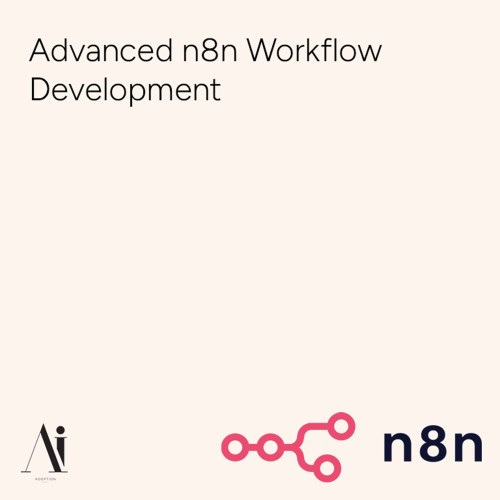
Generative AI Glossary – Part 7
As the field of artificial intelligence continues to mature, so does the need for a deeper understanding of its underlying concepts and emerging trends. This seventh installment expands our glossary with terms that highlight the intricacies of AI development, from advanced optimization techniques to novel approaches for enhancing model interpretability and fairness. By exploring these ideas, we aim to provide you with the tools necessary to engage in meaningful discussions and drive innovation forward.
Differential Evolution
ELI5 – Explain Like I’m 5
Differential evolution is like teaching a robot to find the best way to stack blocks by trying many different ways and improving each time!
Detailed Explanation
Differential evolution is a population-based optimization algorithm that iteratively improves candidate solutions through mutation, crossover, and selection. It's particularly effective for solving complex optimization problems.
Real-World Applications
Used in hyperparameter tuning, engineering design, and financial modeling.
Fairness Metrics
ELI5 – Explain Like I’m 5
Fairness metrics are like making sure everyone gets an equal turn on the playground slide, robots use them to ensure they treat all people fairly!
Detailed Explanation
Fairness metrics quantify how equitable an AI system's decisions are across different groups, helping identify and mitigate biases.
Real-World Applications
Applied in hiring algorithms, loan approvals, and criminal justice systems to promote fairness and reduce discrimination.
Graph Neural Networks - GNNs
ELI5 – Explain Like I’m 5
Graph neural networks are like teaching a robot to understand maps with cities and roads, it learns how things are connected!
Detailed Explanation
Graph Neural Networks process graph-structured data by leveraging relationships between nodes and edges, enabling powerful representations of interconnected systems.
Real-World Applications
Used in social network analysis, recommendation systems, and drug discovery.
Hypernetworks
ELI5 – Explain Like I’m 5
Hypernetworks are like having one robot teach another robot how to do tricks, they work together to make learning faster and better!
Detailed Explanation
Hypernetworks generate weights or parameters for another neural network dynamically, allowing for more efficient and adaptive training processes.
Real-World Applications
Applied in meta-learning, few-shot learning, and real-time model adaptation.
Interpretable Representations
ELI5 – Explain Like I’m 5
Interpretable representations are like labeling all the pieces of a puzzle so you know exactly what they mean, robots use them to show their thinking clearly!
Detailed Explanation
Interpretable representations focus on creating understandable internal structures within models, enabling humans to comprehend and trust AI outputs.
Real-World Applications
Used in healthcare diagnostics, legal reasoning, and scientific research to enhance transparency.
Model Pruning
ELI5 – Explain Like I’m 5
Model pruning is like trimming a tree to make it grow stronger, robots remove unnecessary parts of a model to make it faster and smaller!
Detailed Explanation
Model pruning involves removing redundant or less important connections in a neural network to reduce computational costs while maintaining performance.
Real-World Applications
Common in mobile applications, edge computing, and resource-constrained environments.
Probabilistic Programming
ELI5 – Explain Like I’m 5
Probabilistic programming is like teaching a robot to guess the weather based on clues, it uses math to figure out what’s most likely to happen!
Detailed Explanation
Probabilistic programming allows developers to define statistical models and perform inference using code, enabling robust uncertainty quantification.
Real-World Applications
Used in predictive maintenance, risk assessment, and autonomous systems.
Transfer Entropy
ELI5 – Explain Like I’m 5
Transfer entropy is like figuring out which friend influenced another during a game, it measures how much one thing affects another over time!
Detailed Explanation
Transfer entropy quantifies the amount of directed information transfer between two random processes, providing insights into causality and dependencies.
Real-World Applications
Applied in neuroscience, finance, and climate modeling to analyze complex systems.
Conclusion
This seventh installment of the Generative AI glossary introduces terms that reflect the growing complexity and sophistication of AI systems. From differential evolution and fairness metrics to graph neural networks and probabilistic programming, these concepts underscore the importance of balancing performance, interpretability, and ethical considerations in AI development. By expanding your knowledge of these ideas, you’ll be better equipped to navigate the evolving landscape of artificial intelligence and contribute to its responsible advancement.
As always, we encourage you to continue exploring this dynamic field and stay informed about the latest innovations driving progress in AI.
 USD
USD  Swedish krona (SEK SEK)
Swedish krona (SEK SEK)





















